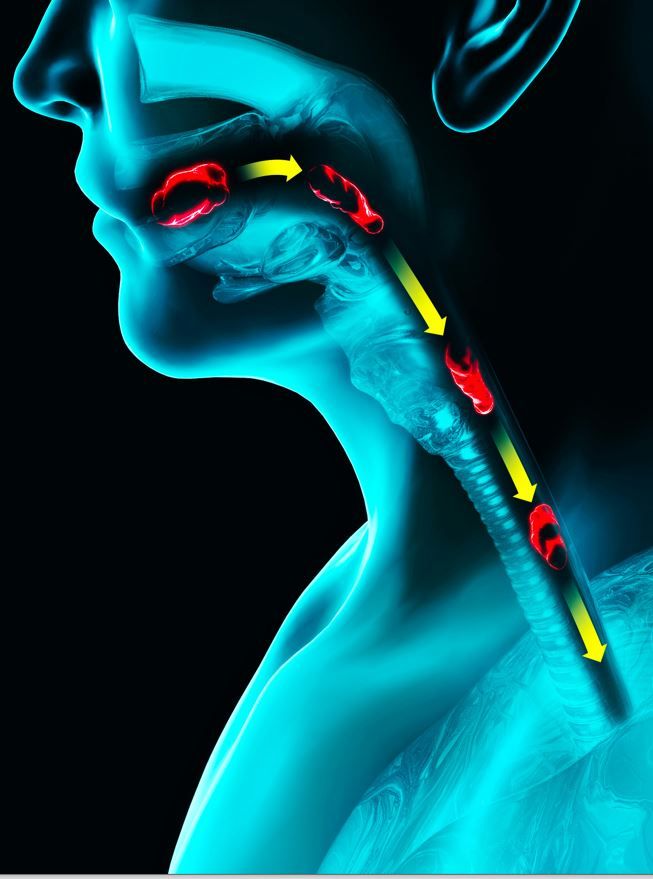- Clinical Technology
- Adult Immunization
- Hepatology
- Pediatric Immunization
- Screening
- Psychiatry
- Allergy
- Women's Health
- Cardiology
- Pediatrics
- Dermatology
- Endocrinology
- Pain Management
- Gastroenterology
- Infectious Disease
- Obesity Medicine
- Rheumatology
- Nephrology
- Neurology
- Pulmonology
EoE in Children Treated with Dupilumab More Severe at Diagnosis, Study Finds
AAAAI 2024. Dupilumab-treated eosinophilic esophagitis in children was also more often associated with comorbid asthma, according to researchers.
©Naeblys/stock.adobe.com

Eosinophilic esophagitis (EoE) in children and adolescents that required treatment with a biologic agent was characterized by significantly worse histologic and endoscopic signs on the initial diagnostic esophagogastroduodenoscopy (EGD) and was more frequently associated with comorbid asthma than EoE that did not require treatment, according to findings presented at the 2024 American Academy of Allergy, Asthma, and Immunology (AAAAI) annual meeting, February 23-26, 2024, in Washington, DC.
The results are from a study of differences in baseline characteristics of young children and teens with EoE who were and were not being treated with the biologic agent dupilumab to control the disease.
Coauthors Wyatt Verplaetse, MD and Brooke Polk, MD, from Washington University in St. Louis, MO, compared a group of 535 children with EoE treated with dupilumab to a control group of 550 children who were randomly selected from a larger cohort of children with EoE being treated without biologic therapy. Baseline participant characteristics chosen for comparison across the 2 groups were demographic data, comorbidities, and markers of EoE severity on initial diagnostic EGD, according to the study abstract. Researchers used a 2-tailed unpaired t-test to analyze polynomial data and Fishers exact test for binomial data.
Verplaetse and Polk reported statistically significant differences in the presence of severe features of EoE, ie, rings, strictures, or narrowing. The signs were observed in 2 of 50 participants (4%) in the control group compared with 10 of 35 participants (31%) in the dupilumab-treated group (P = .0028), according to the abstract. The initial mean number of eosinophils per high powered field also was significantly higher among the dupilumab-treated group(71.65) than the control group (55.88) (95% CI, 3.31 – 28.22; P = .0137). Further, the rate of comorbid asthma was 60% (21 out of 35 participants) in the dupilumab group and 36% (18 out of 50) in the control group (P = .0459), the researchers reported.
No other differences between the 2 groups were statistically significant, the authors stated.
Source: Verplaetse W, Polk B. Patient characteristics in pediatric eosinophilic esophagitis in dupilumab- and non-dupilumab-treated cohorts. J Allergy Clin Immunol. 2024;153(2)(suppl):AB371. doi:10.1016/j.jaci.2023.11.888
Clinical Tips for Using Antibiotics and Corticosteroids in IBD
January 5th 2013The goals of therapy for patients with inflammatory bowel disorder include inducing and maintaining a steroid-free remission, preventing and treating the complications of the disease, minimizing treatment toxicity, achieving mucosal healing, and enhancing quality of life.
